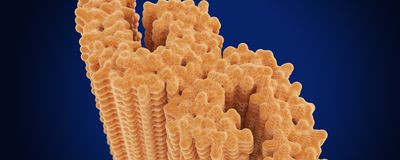Alzheimer's Disease
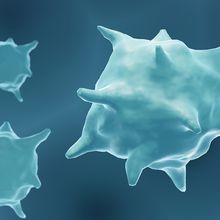
What Drives Myeloid Cell Responses to Disease
The Scientist and Bio X Cell | Dec 17, 2024 | 4 min read
The TREM2 receptor may hold the keys to understanding how myeloid cells affect immune responses to neurological disorders and cancer.

AI-Assisted Genome Studies Are Riddled with Errors
Sahana Sitaraman, PhD | Nov 13, 2024 | 3 min read
Researchers used artificial intelligence in large genomics studies to fill in gaps in patient information and improve predictions, but new research uncovers false positives and misleading correlations.
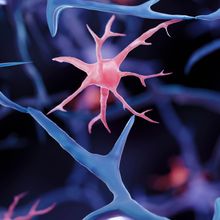
Unlocking the Metabolic Drivers of Alzheimer’s Disease
The Scientist Staff | Nov 1, 2024 | 2 min read
Cellular oxygen consumption in the brain may shed new light on Alzheimer’s disease onset, progression, and treatment.
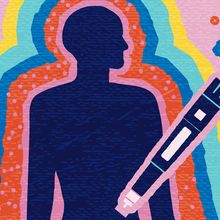
The Unexplored Effects of Weight-Loss Drugs on the Brain
Sahana Sitaraman, PhD | Oct 8, 2024 | 4 min read
Popular weight-loss drugs like Ozempic are used to treat obesity and diabetes. Now, researchers found that these drugs also affect rodent brains in other ways.
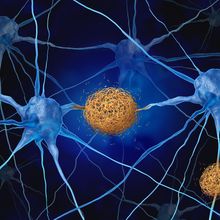
Neurodegenerative Disease Markers and Detection Methods
The Scientist | Sep 17, 2024 | 1 min read
Researchers investigate tauopathy mechanisms and turn to tau detection methods to help improve health care outcomes and lower the economic burden of these diseases.
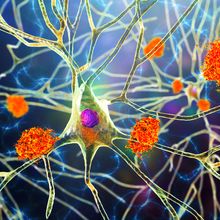
Accelerating Protein Aggregation Analysis
The Scientist Staff | Sep 16, 2024 | 2 min read
Durable analytical instruments expedite the study of misfolded proteins linked to neurodegenerative diseases.
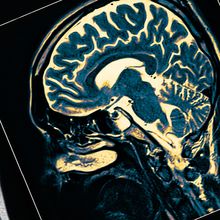
Gut Microbe Metabolites Lower Levels of Toxic Tau
Kamal Nahas, PhD | Jul 9, 2024 | 5 min read
Researchers simulated interactions between microbial molecules and neural receptors to explore whether gut bacteria might influence brain chemistry.

Bringing Gene Therapy to the Brain
The Scientist Staff | Jun 25, 2024 | 1 min read
In this webinar, Douglas Marchuk and Viviana Gradinaru will discuss how scientists can overcome physiological barriers preventing gene therapies from reaching the brain.
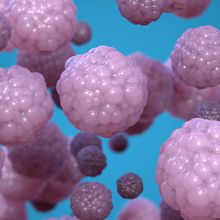
Developing Homogenous 3D Neural Cultures for High Throughput Screening
Niki Spahich, PhD | May 23, 2024 | 3 min read
Brain region-specific spheroids help scientists find new compounds to treat opioid use disorder and more.
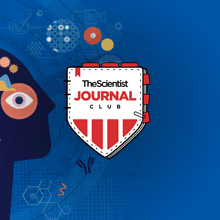
The Scientist’s Journal Club: Neuroscience and Cell Biology
The Scientist Staff | Mar 20, 2024 | 1 min read
Scientists discuss their latest findings on cell secretory states, synapse formation, and neurodegenerative disease.

You Are When You Eat
Iris Kulbatski, PhD | Nov 20, 2023 | 3 min read
Intermittent fasting regulates biological time and improves disrupted sleep in an Alzheimer’s disease model.

A Rare Genetic Mutation Protects Against Alzheimer's Disease
Hannah Thomasy, PhD, Drug Discovery News | Sep 17, 2023 | 4 min read
Data from a highly resilient individual guided researchers to new potential therapeutic targets.
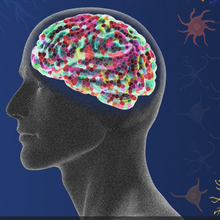
Science Summarized: The Mosaic Brain
The Scientist | Apr 13, 2023 | 1 min read
Mutations that accumulate as one ages contribute to various neurological disorders.
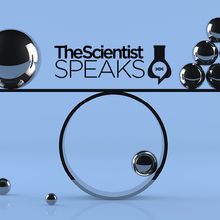
Immune Cells and ALS: A Balance Between Life and Death
The Scientist | Jan 30, 2023 | 1 min read
Understanding the role of immune cells in neurodegeneration may help scientists develop new diagnostic, prognostic, and treatment tools.
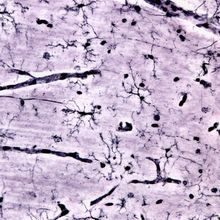
Opinion: Harnessing Microglia Cells to Stave Off Neurodegeneration
Kristine Zengeler, The Conversation | Dec 8, 2022 | 5 min read
Dialing up the activity of a protein called SYK in the brain’s “janitors” could provide an avenue to treat Alzheimer’s and other neurodegenerative diseases.
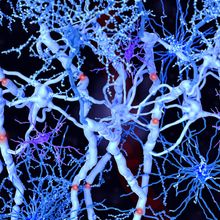
A Gene Variant Linked to Alzheimer’s May Disrupt Myelin Production
Andy Carstens | Nov 22, 2022 | 5 min read
The APOE4 variant causes cholesterol buildup in the cells that make protective fatty sheaths for neurons, possibly helping explain its role in neurodegeneration.

Opinion: Science Needs Better Fraud Detection—And More Whistleblowers
Aman Majmudar, Undark | Oct 26, 2022 | 5 min read
An influential paper on amyloid protein and Alzheimer’s disease potentially fabricated data. Why did it take 16 years to flag?
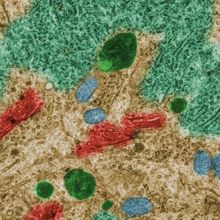
Scientists Uncover Major Pathway Cells Use to Mend Leaky Lysosomes
Holly Barker, PhD | Oct 6, 2022 | 3 min read
Damaged lysosomes are repaired by a lipid-based signaling pathway dubbed PITT that could be targeted to treat neurodegenerative disease, its discoverers say.

Next-Level Neuroscience
The Scientist and MilliporeSigma | Sep 29, 2022 | 1 min read
Researchers use Single Molecule Counting (SMC®) technology to probe brain biomarkers.
